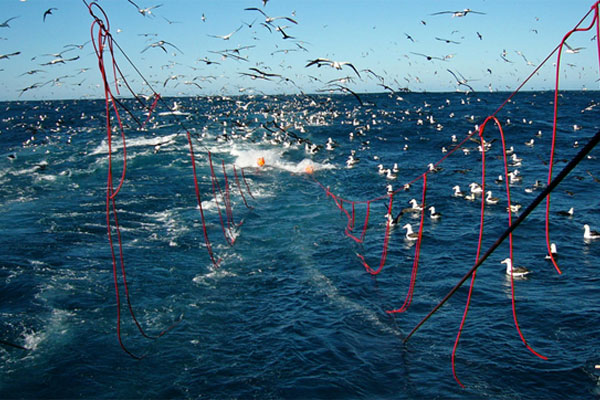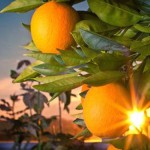Pretoria – South African stocks of wild fish are on the decline, a report by the Department of Agriculture, Forestry and Fisheries (DAFF) has shown.
“The 2012 Status Report confirms that South African stocks show no exception to global deteriorating trends as local wild resources generally continue to decline,” said the department at the release of its 2012 Status of the South African Marine Resources Report on Thursday.
According to a recent United Nations report, more than two-thirds of the world’s fisheries have been overfished or are fully harvested, and more than one-third are in a state of decline due to the loss of fish habitats, soaring pollution levels in oceans and rivers and climate change.
According to the report, abalone stocks remain in a depleted to heavily depleted state as the resources continue to decline due to increasing levels of poaching and ecological factors.
Meanwhile, line fish resources range from heavily depleted to optimal states, depending on species.
There are, however, signs of a positive response of some species to the emergency management measures implemented in 2000. Given the low population sizes of many other line fish species, however, present management measures are expected to assist in allowing stock sizes to increase.
There are some signs of recovery under the current operational management procedure when coming to the West Coast rock lobster.
Deep-water hake remains depleted but its status is improving, whereas shallow-water hake is considered optimal to abundant.
The implementation of precautionary management approaches in the hake fishery in recent years has resulted in a faster than anticipated recovery of deep-water hake.
Harders — which are the main target of the beach-seine and gillnet fisheries — remain in a depleted to heavily depleted state. Environmental anomalies and illegal netting have impacted on the recruitment of the species in recent years.
The abundance of Agulhas sole has remained relatively constant over the past 15 years and this resource is considered to be abundant, while Cape horse mackerel has increased in abundance in recent years due to good recruitment, and the stock is considered to be in an optimal state.
The status of Patagonian toothfish remains unknown, although some data suggest that this resource is depleted and may be declining.
The total allowable catch (TAC) for 2011/2012 has been reduced by 20%, noted the department’s report which is released annually.
The anchovy stock is at the lowest level observed during the past 15 years, but sardine and round herring stocks continue to increase.
“As wild stocks continue to decline, aquaculture is growing more rapidly than all other animal food producing sectors – and recent figures from the UN’s Food and Agriculture Organization (FAO) indicate that around 80 million tonnes of fish and seafood are caught globally each year,” said the DAFF.
In South Africa, the fisheries sector is worth around R6 billion per annum and directly employs some 27 000 people in the commercial sector. Thousands more and their families depend on these resources for food and the basic needs of life.
South Africa is among the global fishing nations who have identified the challenges within their fishing industries. With 22 commercial fisheries sectors and new fisheries being explored and experimented with, South Africa has two fishery sector components.
The one component is the wild capture fisheries, which includes commercial, recreational and small scale fisheries each with their own specific research and management mandates. The other component is the aquaculture (fish farming) sector, which is considered underdeveloped and as a result has been prioritised due to declining wild stocks.
Fisheries and aquaculture support the livelihoods of an estimated 540 million people, or 8% of the world population, according to the FAO. – SAnews.gov.za








